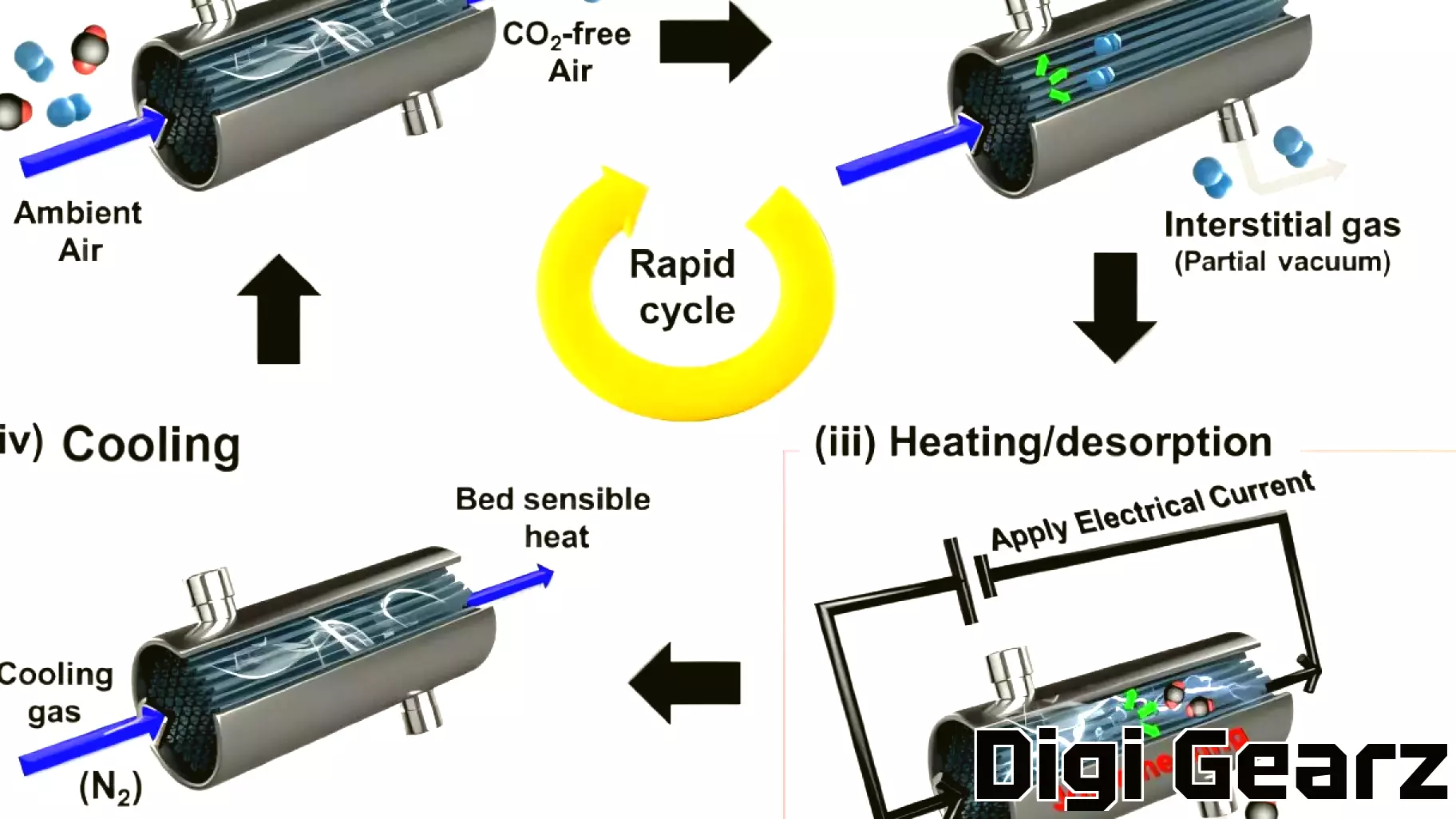Innovative Fiber Technology Revolutionizes CO₂ Capture with Minimal Energy Use
August 26, 2025 - 02:57

Direct air capture (DAC) is an emerging technology designed to remove carbon dioxide from the atmosphere, even at very low concentrations below 400 parts per million (ppm). A research team from KAIST has made significant strides in this field by developing a novel fiber technology that enables high-purity CO₂ capture while consuming energy comparable to that of a smartphone.
The innovative approach leverages advanced materials that enhance the efficiency of CO₂ absorption. This breakthrough not only addresses the pressing challenge of climate change but also does so with a remarkably low energy footprint. The team's findings suggest that this technology could be scaled for broader applications, making it a viable solution for reducing greenhouse gas emissions.
As the world grapples with the impacts of climate change, advancements in DAC technology like this one offer hope for mitigating atmospheric CO₂ levels. The research underscores the importance of continued innovation in sustainable technologies to combat global warming effectively.
MORE NEWS

December 12, 2025 - 07:31
SEC Unveils Examination Priorities for 2026, Focusing on Compliance and TechnologyOn November 17, 2025, the SEC’s Division of Examinations announced its examination priorities for fiscal year 2026, outlining key areas of focus for the upcoming year. The agency emphasizes the...

December 11, 2025 - 21:50
Farmers Embrace Technology to Combat Rising Theft ConcernsRecent data indicates a troubling trend in the agricultural sector, with many farmers facing increasing security challenges. According to industry experts, nearly 39% of farmers have reported...

December 11, 2025 - 02:17
Sneak Peek at Audio Innovations for the 2025 SVG SummitThe 2025 SVG Summit is fast approaching and will host the industry’s largest exhibit of sports-specific production gear. This week leading up to the event, excitement is building as attendees...

December 10, 2025 - 11:41
Marvell Technology's CEO Responds to Speculations on Client RelationshipsIn a recent interview, Marvell Technology`s CEO Matt Murphy tackled ongoing speculation regarding the company`s relationships with major clients, particularly Amazon and Microsoft. During his...